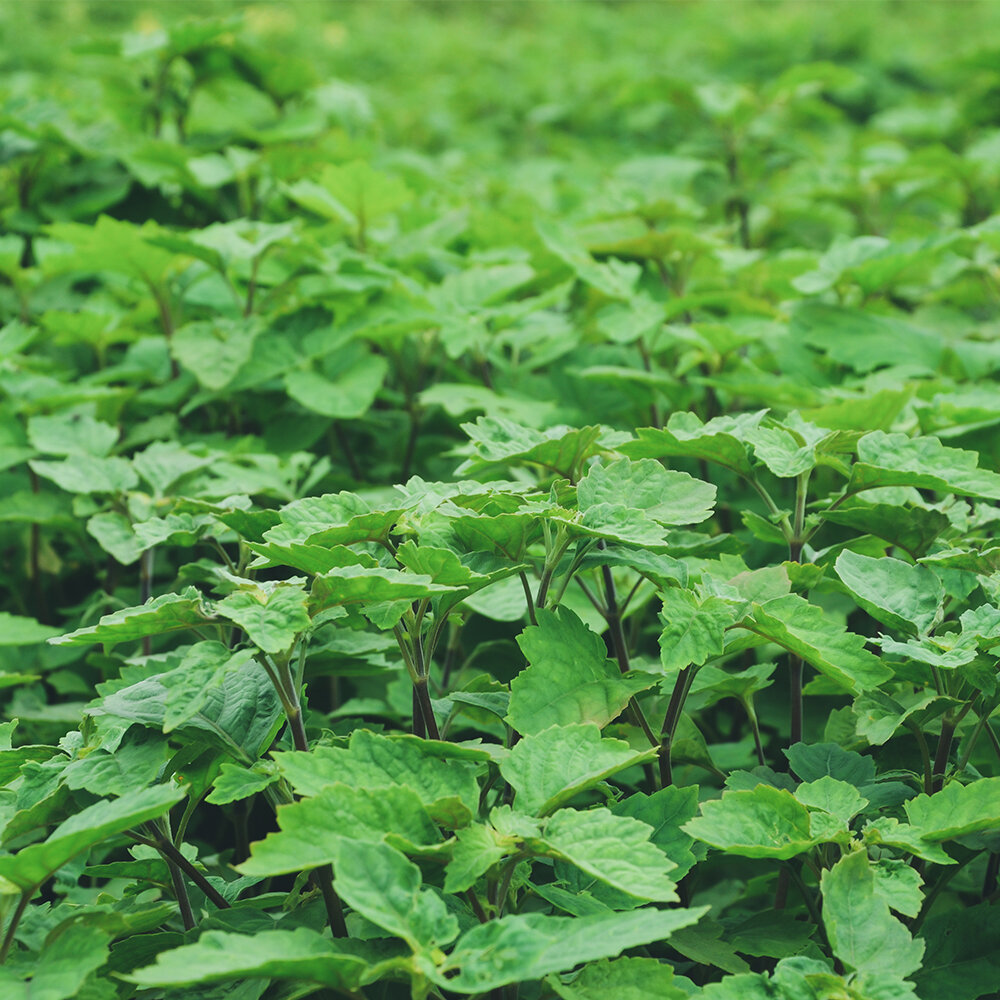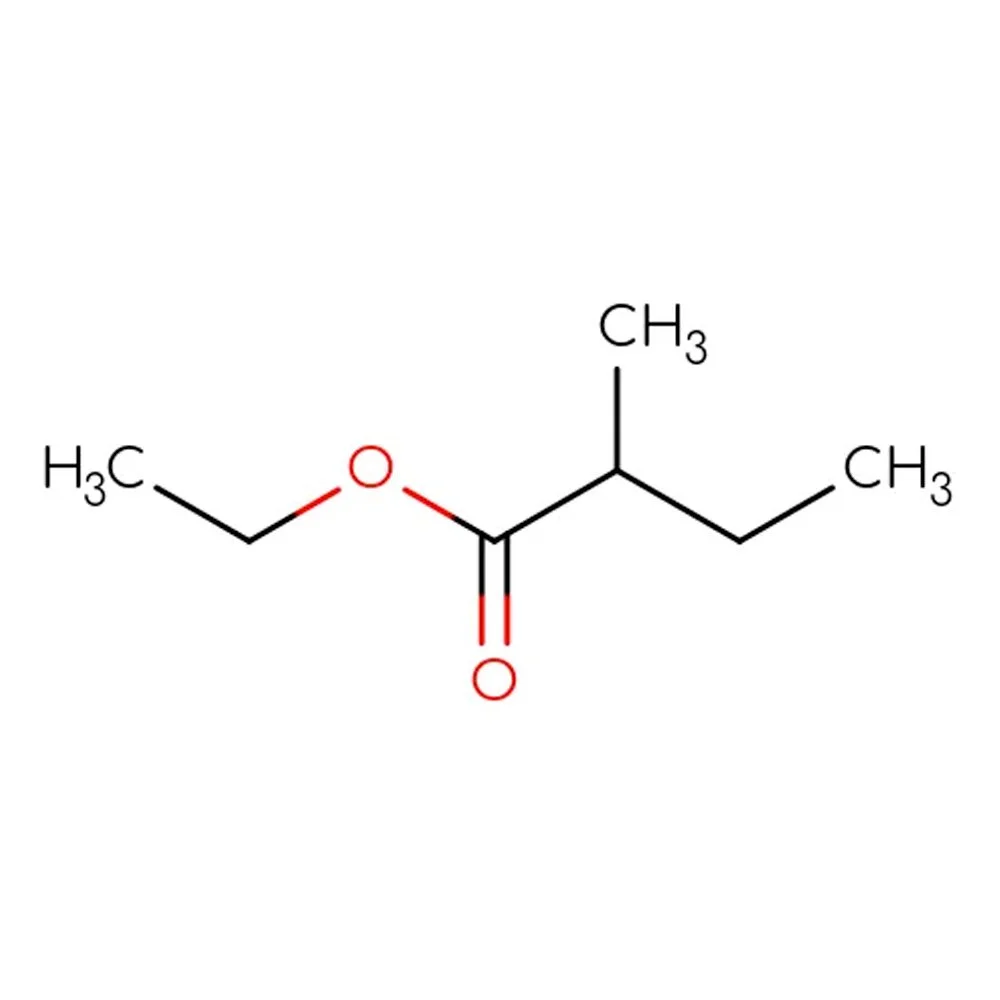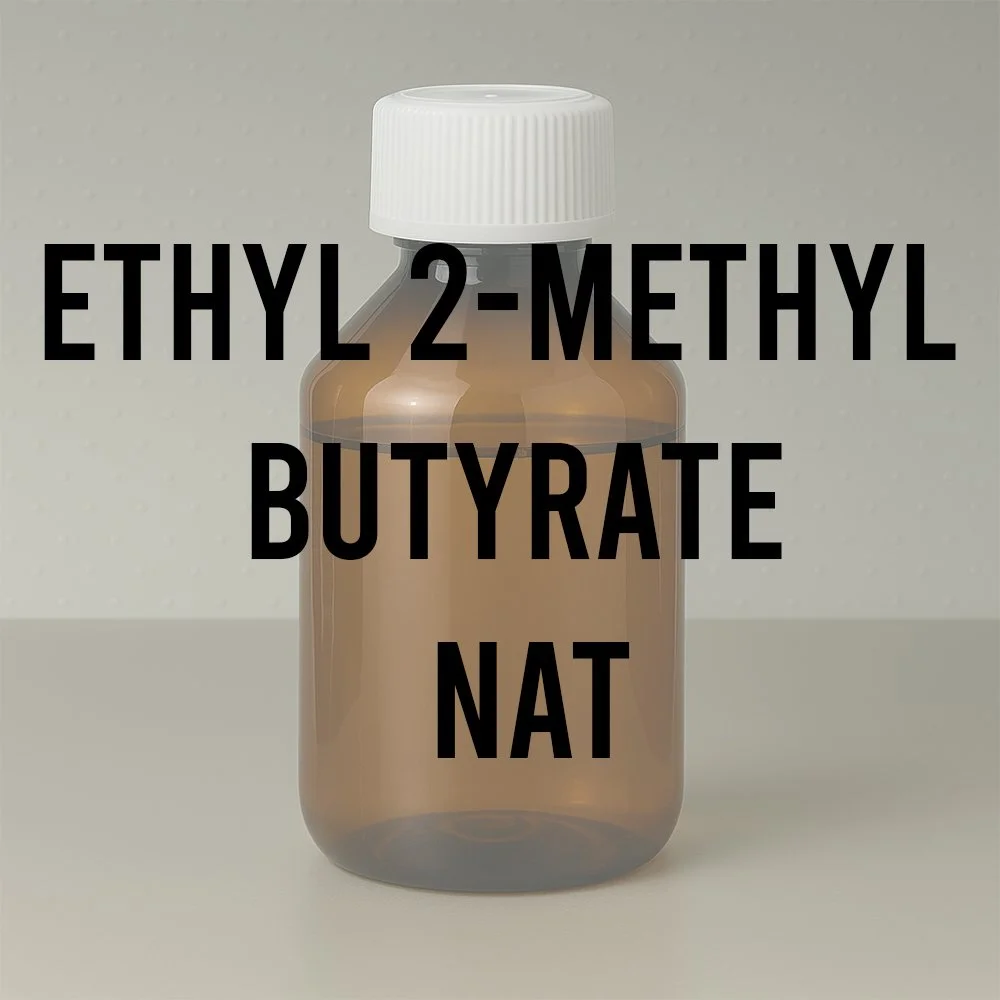Natural Ingredient Overview
🏭 Manufacturer: Variable; major origins include India, Zimbabwe, South Africa
🔍 Botanical Name: Tagetes minuta
🧪 Common Name: Tagetes Oil, Tagette Oil, African Marigold Oil
🧬 Chemical Family: Essential oil (complex mixture of ketones, terpenes, thiophenes)
📂 CAS N°: 8016-84-0
📘 FEMA: 3045
⚖️ Molecular Weight: Mixture (no fixed value)
📝 Odor Type: Green, Fruity, Aromatic
📈 Odor Strength: Very high (trace use only)
👃🏼 Odor Profile: Intensely green-herbaceous, fruity (green apple, citrus), bitter-sweet with floral nuances; radiates from top to heart
⚗️ Primary Uses: Floral and fruity bouquets, chypres, green tea, tobacco accords
🧴 Appearance: Deep orange to brown liquid; viscous and highly aromatic
What is Tagetes Oil?
Tagetes Oil is the steam-distilled essential oil from Tagetes minuta, a fast-growing marigold species indigenous to South America and cultivated globally for its insect-repellent and aromatic properties. In perfumery, it emerged as a niche ingredient with no synthetic substitute, offering a distinctive balance between green pungency and fruity sweetness.
The oil contains highly active odorants, including cis-ocimene, tagetone, and dihydrotagetone, responsible for its immediately recognizable aroma. Historically, Arctander noted its extreme olfactory power and unique character, likening its drydown to a blend of green apple, chamomile, and crushed leaves.
Olfactory Profile and Perfumery Applications
Tagetes Oil is multifaceted — pungent, green, fruity, floral, and slightly bitter — requiring minimal dosage for maximum effect.
Floral boosters: Enhances jasmine, tuberose, orange blossom, and rose
Fruity-green stylings: Complements apricot, peach, and green tea facets
Chypre and mossy bases: Adds tart freshness and herbaceous contrast
Tobacco or hay themes: Suggests dry floral warmth and honeyed spice
✔️ Common in niche perfumery to elevate otherwise flat top notes with naturalistic green lift.
Fragrance examples:
Byredo Bal d’Afrique (2009) – African marigold in top
Jean Patou Joy Forever (2013) – Tagetes in floral heart
Chemical Composition
Ocimenes (cis-β-ocimene): 30–50% — green, sharp top note
Tagetone (E/Z isomers): 5–15% — marigold-fruity, apple-like ketones
Dihydrotagetone: 10–20% — sweet apricot nuance
Tagetenones (cis/trans): Up to 30% — floral-medicinal warmth
Limonene, β-phellandrene, α-pinene: 2–10% — citrus-terpenic brightness
Sesquiterpenes (β-caryophyllene, bicyclogermacrene): <2% — herbal base depth
Thiophene derivatives (e.g., α-terthienyl): <0.35% — photosensitizing agents (regulated)
Due to its volatile and unstable ketones, the oil should be stored under nitrogen or in dark glass, avoiding long exposure to air.
Safety and Regulatory Overview
Tagetes Oil is IFRA-regulated due to the phototoxicity of alpha-terthienyl, a thiophene derivative naturally present in the oil. The following maximum concentrations apply under the IFRA 51st Amendment, assuming the alpha-terthienyl content does not exceed 0.35%:
In leave-on products (such as perfumes and creams), the maximum concentration is 0.01%, corresponding to IFRA Category 4.
In rinse-off products (like shampoos or liquid soaps), usage is limited to 0.1%, according to Category 6.
In deodorants and air fresheners, also classified under Category 9, the usage must not exceed 0.1%.
For non-skin contact applications such as candles, incense, or ambient diffusers, classified as Category 11, no restriction applies.
Tagetes oil may also act as a skin sensitizer and irritant, particularly when oxidized or improperly stored. Stabilization and freshness of the oil are essential to reduce dermal risk. Always test in formulation and ensure IFRA-compliant dilution when used in skin-contact products.
✅ Safe in IFRA-compliant systems. Always test in formula due to powerful diffusion and sensitization risk.
Environmental and Sustainability Considerations
Sustainability status: High – Tagetes minuta is widely cultivated and fast-growing
Agroecological benefits: Acts as a natural nematode repellent, reducing pesticide reliance
Distillation impact: Medium energy input; optimization ongoing in India and Africa
Invasiveness: Considered invasive in some regions (e.g., South Africa, Australia)
✅ Sustainable when sourced from regulated cultivation and distilled under optimized energy practices.
Additional Notes and Observations
Formulation tip: Tagetes can be used to recreate “morning dew” or “crushed leaf” effects in modern green florals
Dilution behavior: At high dilution, it reveals soft apple-blossom and chamomile sweetness, contrasting its raw pungency
Instability: Tagetone and tagetenones may polymerize or oxidize — best used fresh or in stabilized blends
Natural perfumery: One of few oils that bridges herbal, fruity, and floral in a non-linear evolution
Sources
Arctander, S. (1960). Perfume and Flavor Materials of Natural Origin
Lawrence, B.M. (2016). Progress in Essential Oils: Tagetes Oil
IFRA (2020). IFRA Standards: Tagetes minuta Oil (51st Amendment)
Panten & Surburg (2016). Common Fragrance and Flavor Materials
Obelis (2016). SCCS Opinion on Tagetes Minuta Oil – Phototoxicity
Fulvio Ciccolo, Scentspiracy Research Archive (2022)
Parfumo.net & Scent Split (2025 retrievals)











